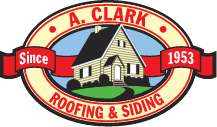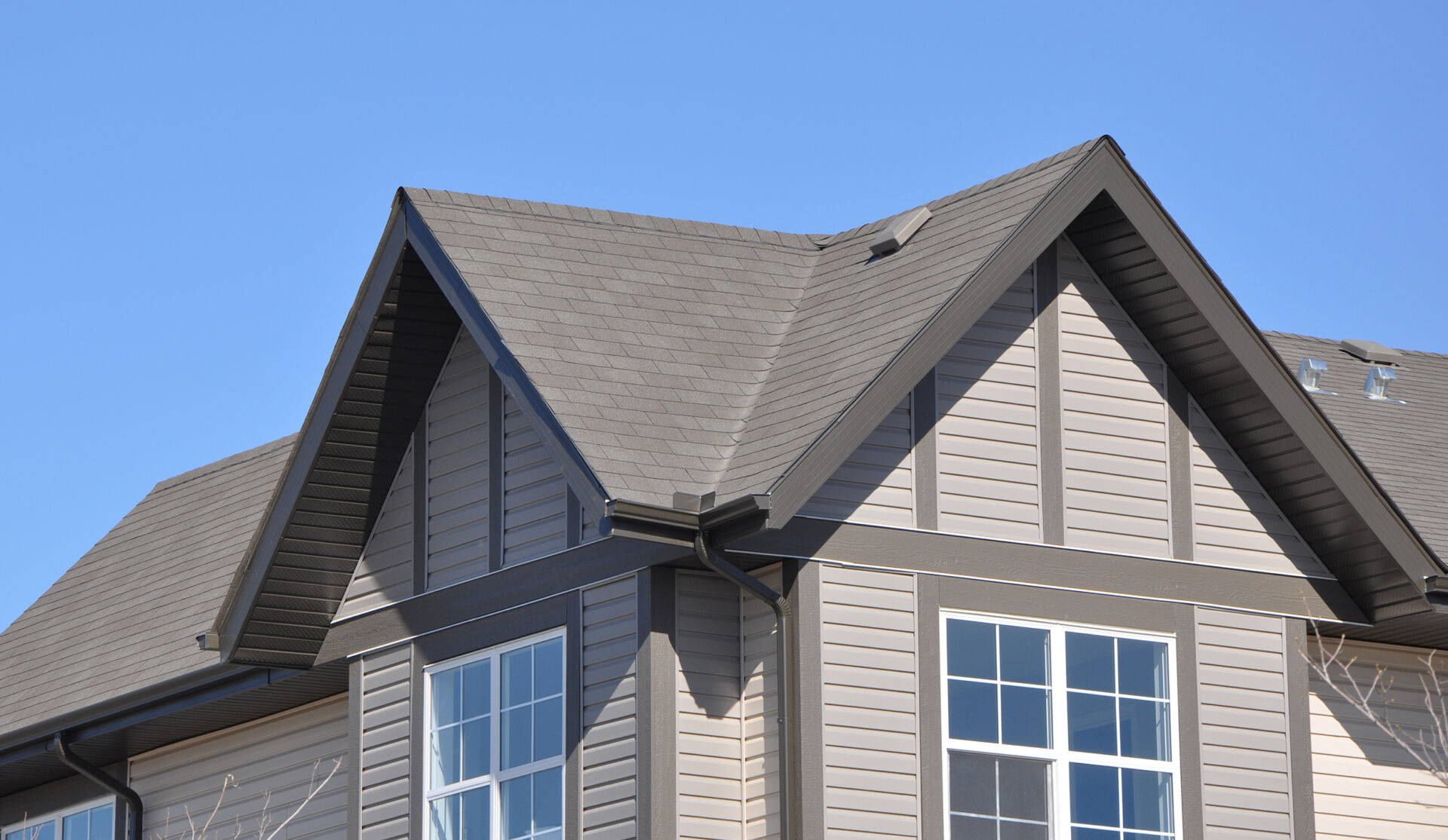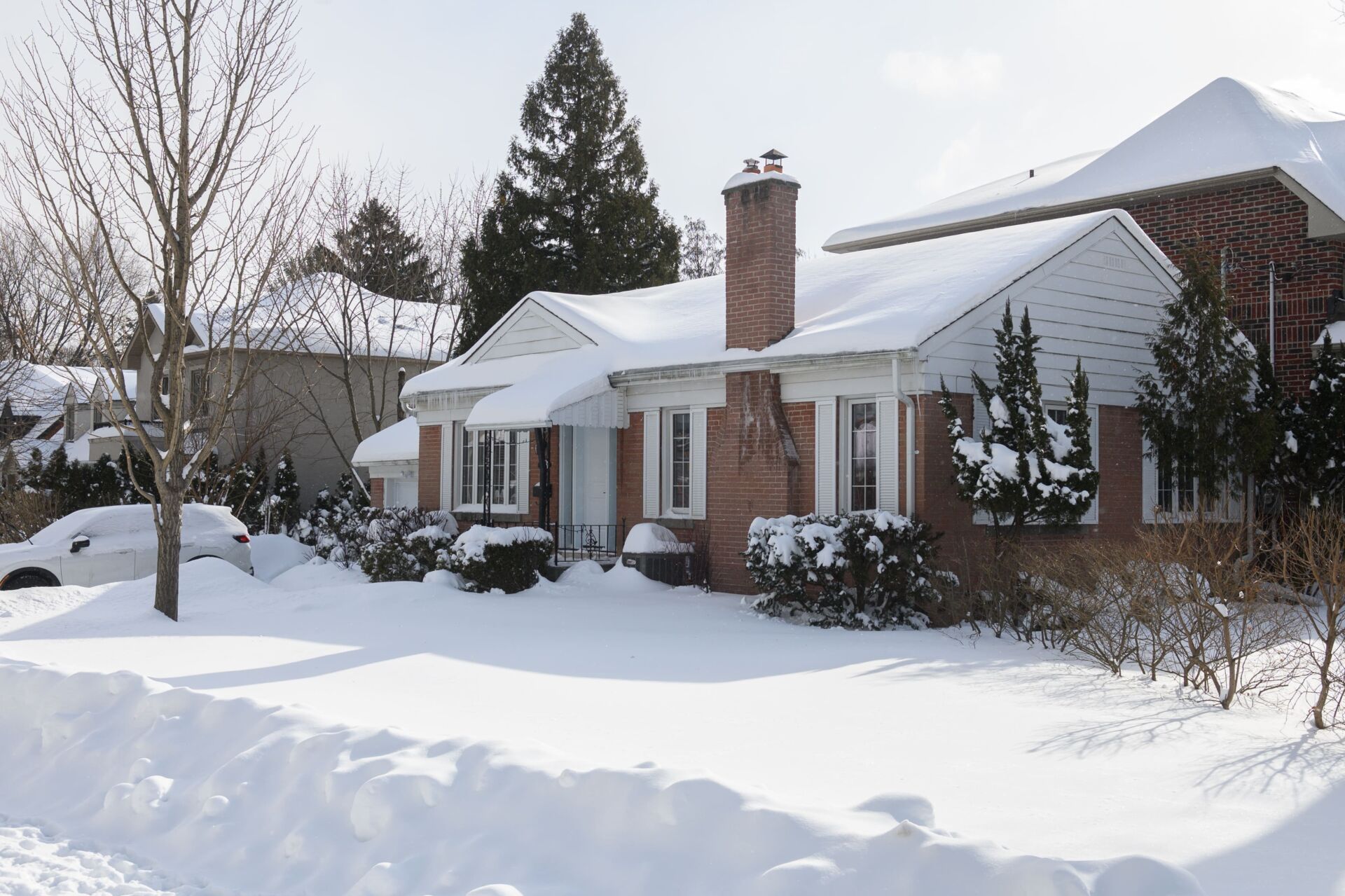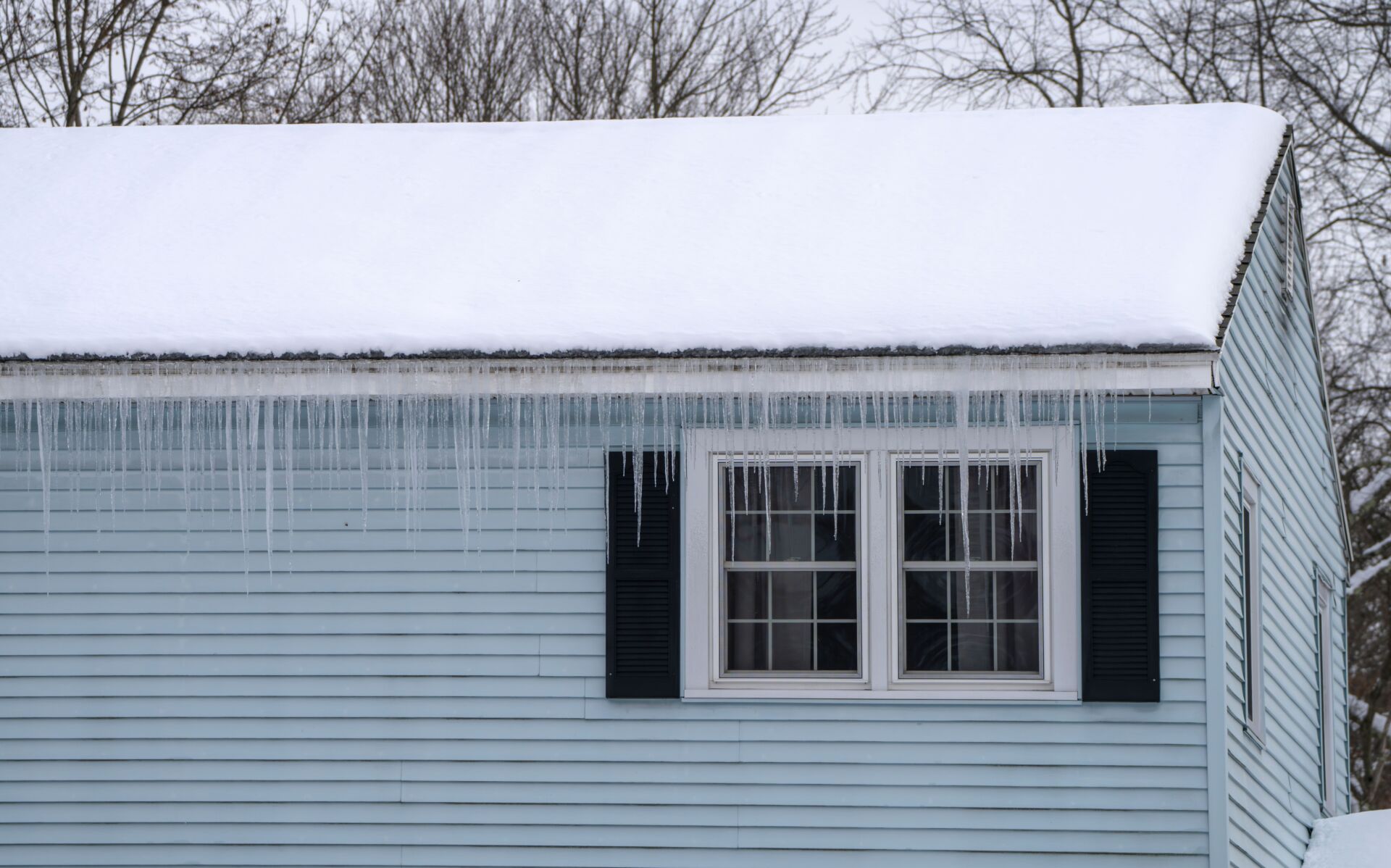Your home’s roof should last anywhere from 15 to 50 years, depending on the type of roofing material used. While it does come with an extensive lifespan, that does not mean it should sit idly for 15 years without inspections. Just as you get regular check-ups at the doctor, your roof requires a professional inspection to catch any potential issues in advance and keep it (and your home) healthy. Professional roof inspectors give you the opportunity to correct any issues before they result in the dreaded and costly premature roof replacement.
Protect your home’s value
Inspecting your roof regularly makes sure there are no leaks, cracks, broken shingles, warping, etc. that can affect the integrity of your roofing structure. Inspecting your roof can uncover signs of damage, either from regular wear and tear or inclement weather, and protect your home’s interior from water damage.
When to inspect your roof?
Homeowners should perform a roof inspection at least once a year in the fall to prepare for winter, and if possible, once in the spring in preparation for spring and summer rains. The National Roofing Contractors Association recommends twice-yearly inspections in order to maintain the integrity of your roofing system. If, however, there have been any extreme weather events, such as heavy hail or high windstorms, you should inspect immediately after the storm has cleared.
Frequent snowstorms common to Calgary and Edmonton in the winter may also cause damage to your roof through heavy snowfall and excess moisture. In this case, you may not be able to inspect the roof right away but should plan to do so once it is safe to do so.
Residential roof inspection checklist
- Damaged Shingles: When roofing companies examine your roof, they pay special attention to the shingles and so should you. Shingles that are cracked, curling, or otherwise damaged may indicate that your roof has seen a lot of wear and tear. If shingles are missing altogether, then it’s likely that your roof is getting on in age and won’t be able to stand up to too much more inclement weather.
- Excessive Granulation: If you have asphalt shingles, then another sign that your shingles have seen better days and need to be repaired or replaced is the presence of loose granules in your gutters and at the end of your downspouts. The granules will look like pebbles the colour of your shingles.
- Moss Growth: Roofing contractors in Alberta know that a roof is in trouble if it is harboring a lot of moss growth. The growth of moss indicates that your roof is in a moist environment. Moss can cause the deterioration of your roofing system, allowing water to penetrate into the deeper layers.
- Standing Water: If you have a flat roof or a roof with a low pitch, then you’ll want to be on the lookout for standing water. Spots of standing water indicate that your roof is not draining properly and a roof leak might be imminent.
- Damage Around Exterior Protrusions: Make sure you take a look for damage, rust, rot, or missing components on all your roof’s exterior protrusions.
- Vents: Inspect the vents for any signs of damage or missing components. You’ll especially want to note if the rubber boots around your vent pipes are cracked or worn due to age. Hail commonly damages vents as well, causing dents or dings in the surface.
- Chimney: Inspect the masonry, crowns, and caps. When inspecting the masonry, look out for any bracks that are damaged, cracked, or missing. Missing mortar is a common cause for concern, as it allowed for easy water infiltration. The crown, or the cement or concrete layer found at the top of larger chimneys, can allow leaks if damaged, letting moisture seep right into the chimney itself. Lastly, be sure to inspect the chimney cap, the cover that protects the chimney from rain and debris. A missing or damaged chimney cap can lead to water damage or blockages.
- Flashing: Flashing is placed around roof protrusions such as vents and chimneys in order to seal the area around them. Installed between the roofing material and roof deck, the flashing seals the gap and encourages water to continue its path down the roof, rather than into the gap created by the protrusion. Flashing can sustain damage and rust over time, impeding its ability to properly seal the protrusions. If not correctly installed, it can more easily sustain damage or warp out of shape. Missing or damaged flashing requires professional roof repair.
- Seals: Anywhere on your roof that is relying on seals or roofing sealant to ensure water and weatherproofing should be checked for deterioration such as cracks, peeling, openings, or even condensation (as with skylights). Common areas with roofing sealant or seals are b-vent flashing (furnaces and chimneys), skylights, exposed fasteners, and transitions/corners.
Call in the professionals for roof repair in Edmonton and Calgary
While you may be tempted to get on your own roof for an inspection or repairs, it is highly recommended that you contact professional roofing companies in Edmonton or Calgary to perform the inspection and repairs for you. A roofing contractor can perform a thorough inspection and identify any potential issues before they become costly repairs or replacement expenses.
If there are signs of damage, have your roof repaired by a professional immediately. Allowing broken shingles, cracks, and inadequate sealing to remain in place could result in significant water damage in your home, pest intrusion, and can significantly decrease the lifespan of your roof.
The professionals at A. Clark Roofing & Siding can assist you with your inspection and, if needed, roof repairs. Whether you need an annual inspection or roof repairs following a storm, we have over 60 years of experience on Edmonton and Calgary roofs. Contact us at 780-465-7571 or reach out online for a no-obligation estimate.




